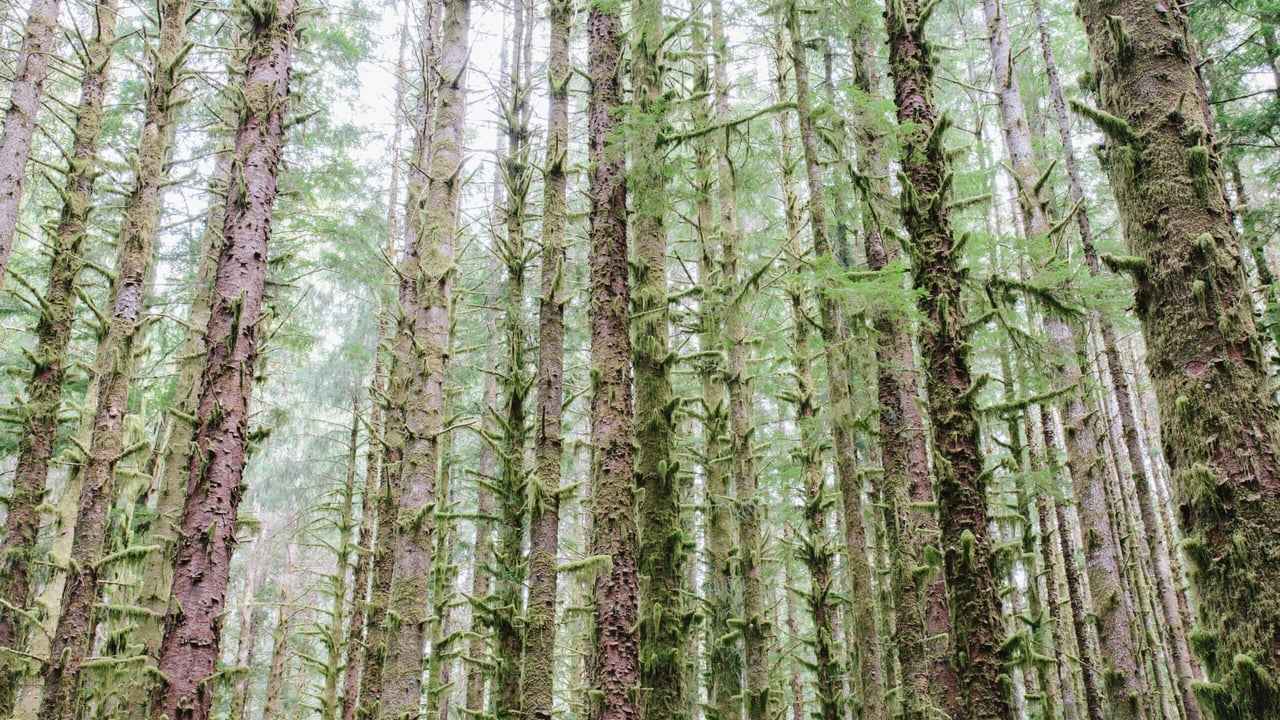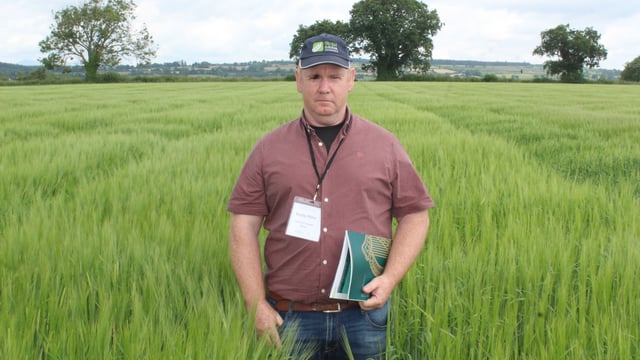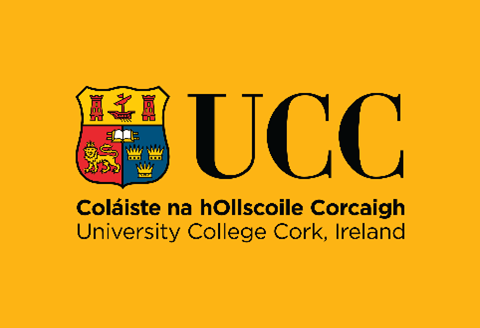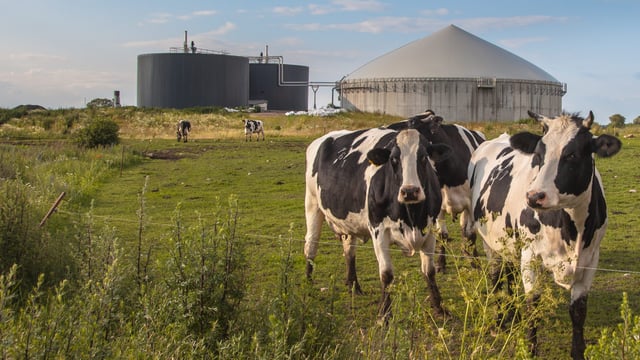1,651ha of new forestry planted in 2023 - report
1,651ha of new forestry was planted in Ireland in 2023, which is well below the current target of 8,000ha/year set out in the Climate Action Plan (CAP), as outlined in the 'Annual Review and Outlook for Agriculture, Food and the Marine 2024' published today (Thursday, December 4).
According to the report, Roscommon had the highest afforestation area at 189ha, followed by Galway at 139ha.
It cited the delay in state aid approval for the new €1.3 billion Forestry Programme, which was introduced in September 2023, as the reason behind the low levels of new forests planted last year.
This stands in contrast with the average 8,957ha of forestry planted annually in Ireland between the years 1950 and 2022, indicating a sharp decline in the rate of planting taking place.
Although forest cover is estimated to be at its highest level in 350 years, Ireland is lagging behind its European counterparts in terms of average forest cover, with just 11.6% (808,848ha) of the total Irish land area under forestry, compared with to the EU average of 39%.
The forest estate consists of 69% conifer and 31% broadleaved species, with public forests managed by Coillte constituting 49.1% of the total estate, while private ownership accounts for the remaining 50.9%.
In addition to this, farmers were responsible for 82% of private lands afforested between 1980 and 2023, planting 47% of the new forests created in 2023, up from the 23% in 2022.
57% of new forestry planted in 2023 was also undertaken by people aged 60 years or older, while 61% of the total area in receipt of premium payments, was reportedly also owned by people aged 60 years or more.
Since 1980, over 24,000 private landowners have received grant aid to establish forests, with 8.6ha constituting the average size of private grant-aided afforestation since 1980.
2023 was also the first year that the proportion of broadleaves planted (54% - up from the 43% planted in 2022) exceeded conifer tree planting in the country, the report declared.
710ha of native woodland was planted in 2023, which is an increase of just 7ha from the volume planted last year.
This is forecasted to increase in the near future due to the inclusion on a new annual broadleaf target of 50%, which was enshrined in the Forestry Programme 2023-2027, which also included greater financial incentives for the planting of native forests.
In an effort to restore ancient woodland through sustainable forest management, €1,103/ha in grants is available for the planting of native forests, and €1,142ha is payable for native forests for water over a period of 15 or 20 years.
The programme also contains additional measures, such as the Deer Tree Shelter, Hare andDeer Fencing scheme to protect such crops from damage and to help contribute towards further broadleaf planting.
Timber production continues to contribute to the Irish economy, currently standing in the region of 4.5m³/annum, while an additional 78km of private forest roads were funded during 2023, reflecting the projected increase in timber and wood to be harvested in the near future.
According to the report, Ireland exported 1,435,864 of forestry and wood-based products, valued at €647 million, to over 80 countries worldwide in 2023, which is a fall of 17% from 2022 as well as a 7% reduction in volume exported.
The UK continues to be the the largest source of demand for these exports, at €513 million or 1.22 million tonnes, which amounts to 79% of the value and 85% of the volume of the total Irish timber exported abroad.
Aside from the United Kingdom, the report noted that the Netherlands (6%), Belgium (3%), France (3%), Germany (2%), Italy (1%) and the United States (1%) were additional key destinations for Irish Forestry and wood-based products.
DAFM reportedly invested some €71.2 million of capital into Irish forestry development in 2023, 89% of which went towards afforestation grants and premiums, while the remaining 8 million was spent on other scheme such as infrastructure construction, woodland improvement, and environmental assessments.
DAFM also deemed the overall health of the forestry estate as "relatively good overall", however it has acquiesced that the industry has been impacted by the outbreak of harmful organisms, including ash dieback disease and Phytophthora ramorum disease outbreaks in Japanese larch.
In December 2023, DAFM announced findings of Pseudips mexicanus, comoningly known as the Monterey Pine Engraver, in Ireland, which is the first time this bark beetle was identified in the country.
93 bark beetles were found in traps in a small number of forest locations in a confined area in Co. Clare, and the department activated a contingency plan and site specific action plan to tackle the incidence, which has continued into 2024.





